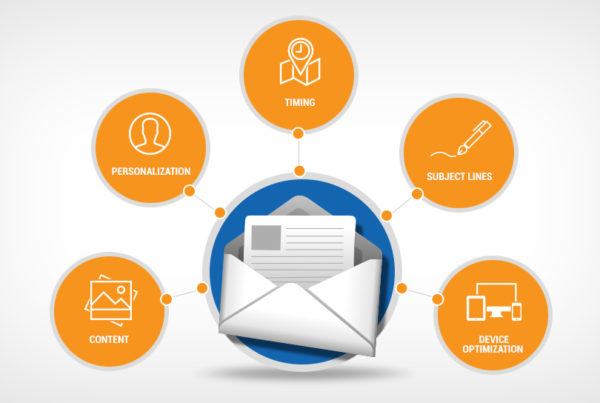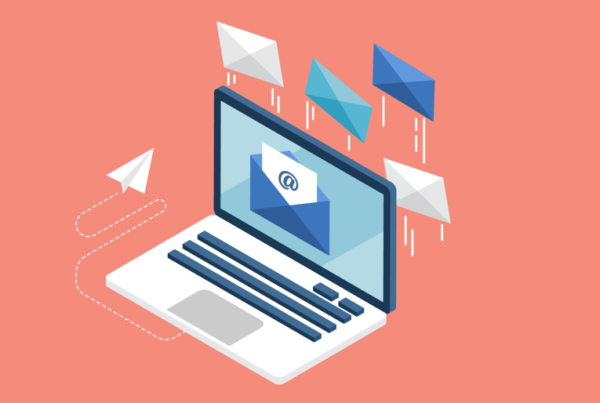Email marketing has been the most direct and effective digital marketing strategy to connect with leads, and turn them into customers. It is the most efficient means over all other marketing channels. According to Designated Market Area, email marketing is ranked as the most effective marketing channel even in 2021.
This step-by-step process of the email marketing strategy can help you acquire leads and generate sales, 24/7. The following guide will let you know:
- How to build an email list?
- How to optimize your emails for maximum click-through rates (CTR)?
- How to automate the process of turning leads into potential customers?
The Importance of Email Marketing
Despite the rise of social media, email still remains the most effective way to nurture leads and turn them into customers. There are many reasons why email marketing is best for your business or organization. The top 3 reasons are:
- Email is the best communication channel for marketing as almost 99 percent of curious customers check their email daily.
- On any social media platform, your account or your customer’s account could be suspended or deleted at any time, for any reason, without notice. In the case of emails, it is very unlikely.
- People are more likely to buy from email suggestions than any other social platforms.
Your Step-By-Step Guide to Successful Email Marketing
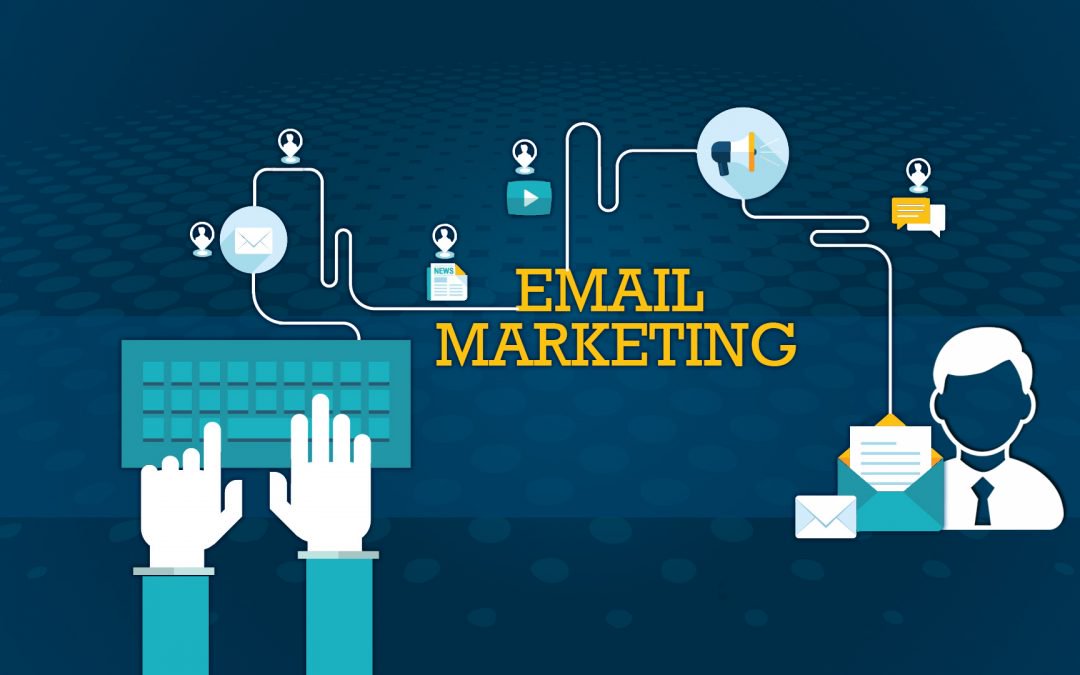
Step 1: Set measurable goals
Consider seeing the big picture of your email marketing program. Plan beforehand what you want to accomplish with each specific email campaign. Whether you want your emails to drive sales, generate new leads or you want to improve your email engagement, it’s always an advantage to be clear of your goals and what you want to achieve.
The key to establishing the correct goals is to align them with your company’s wider marketing goals. Email is the single most powerful tool to reach your audience, and it can be used to achieve a number of different objectives, so it’s worth spending some time thinking about what you want to achieve with it before you send the emails.
Setting measurable goals can make it much easier to identify what to send and who to send it to, and helps you stay focused on more high-performing email campaigns.
Step 2 – Build your email list
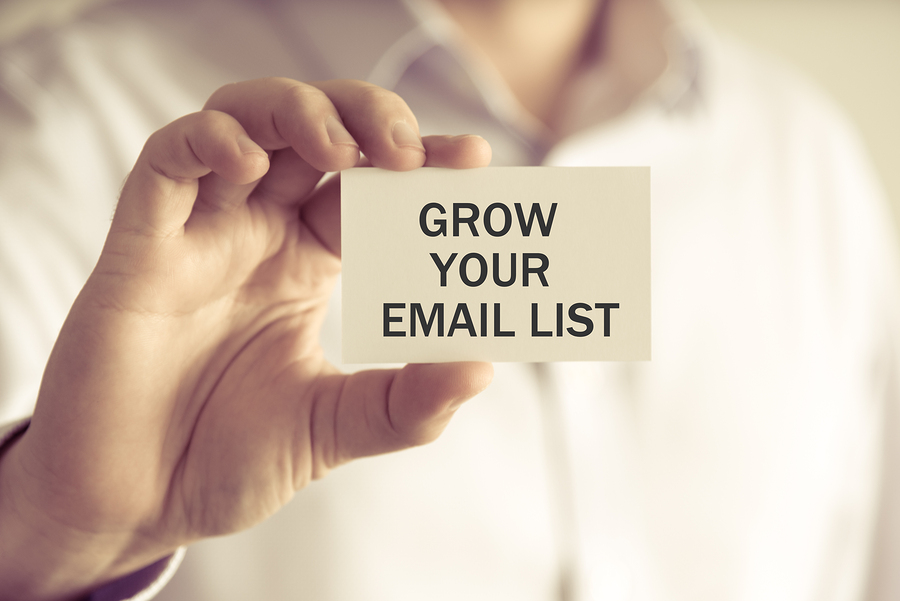
Now that you know what you want to achieve from your email marketing campaign, it’s time to focus on building your email list. There are different ways you can build your email list, but the right method for each campaign really depends on the goals.
- List your known contacts
If you plan to use email to keep in touch with existing customers, then your email list can be built largely by importing your existing or potential customers. Before you send any of your emails, ensure you have the permission of your subscribers.
- Build a new list from scratch
If you plan to use email to communicate with a new audience, you will have to create a new list. By providing valuable incentives and making subscribing to simple and easy, you have the opportunity to create an email list. You can do this by:
- Creating compelling content
- Giving free gifts in exchange for an email address
- First offer discounts
- Free or express shipping upgrade
- Organizing online contests
The next step is offering simple subscribe opportunities as this makes it easy for people to opt-in. Here are some tips to make subscribing options simple:
- Header Bar
The Header Bar sits at the top of your website that contains a form to input email addresses.
- Slider
A slider is a small box that slides on the website which contains a call to action to subscribe and a field for visitors to enter their email address.
- End of Post
End-of-post opt-ins are a great place to grab subscribers on a web page as when a visitor sees the end-of-post opt-ins it is safe to assume that they have enjoyed the content.
- Pop-Ups
Pop-ups may seem annoying to visitor but studies have shown that they can be effective and can encourage visitors to put their email addresses. For a pop-up to work effectively a marketer must know to the right value offer, a strong call to action and timing.
Step 3: Select the type of campaign

There are many different types of email marketing campaigns that you can send to subscribers, and the type you choose directly depends on the goal you want to achieve.
Here are the different types of email campaigns and how they can help you in achieving your marketing goals.
- Newsletter
A newsletter is an email campaign that is generally about one main topic. If your goal is to keep in touch with existing customers, then a newsletter is the perfect type of campaign to send. It will help promote your business and your products and also direct visitors back to your website.
- Marketing Offer
A marketing offer is an email campaign that is essentially used to drive direct response. The marketing offer email is effective to directly drive sales.
Some of the examples are:
- Showcasing some of the latest and limited stock and encouraging people to purchase
- Providing discount or promotions on your products or services
- Announcement
An announcement campaign is an email to reveal a new product, feature, or service. The announcement email is perfect to keep existing customers up-to-date on your latest products. The email may have the added benefit of driving potential buyers to your website.
- Event Invitation
An event invitation email increases awareness of your event and encourages people to attend. If you are looking to drive direct sales then sending marketing offers along with announcement campaigns is going to give you the best results.
Step -4: Create your first campaign

An email campaign requires dedicated time, energy, and focus. Email marketing campaigns may sometimes be easy to idealize but there are some fundamentals that you should know to make sure you get the best results.
- Structure your campaign for easy reading
Research shows that on average a reader spends 8 seconds on a single email. In such a short time, it’s sure that people are not reading your emails word for word and are instead scanning through them for something interesting. Convincing a recipient to open your email requires engaging subject lines, preview texts are the first part of your mission. Therefore, writing long subjects and text-heavy email campaigns is not the best method. You need to structure your emails to help draw people’s attention in our keywords and guide them toward a call to action.
- Use the Inverted Pyramid Model
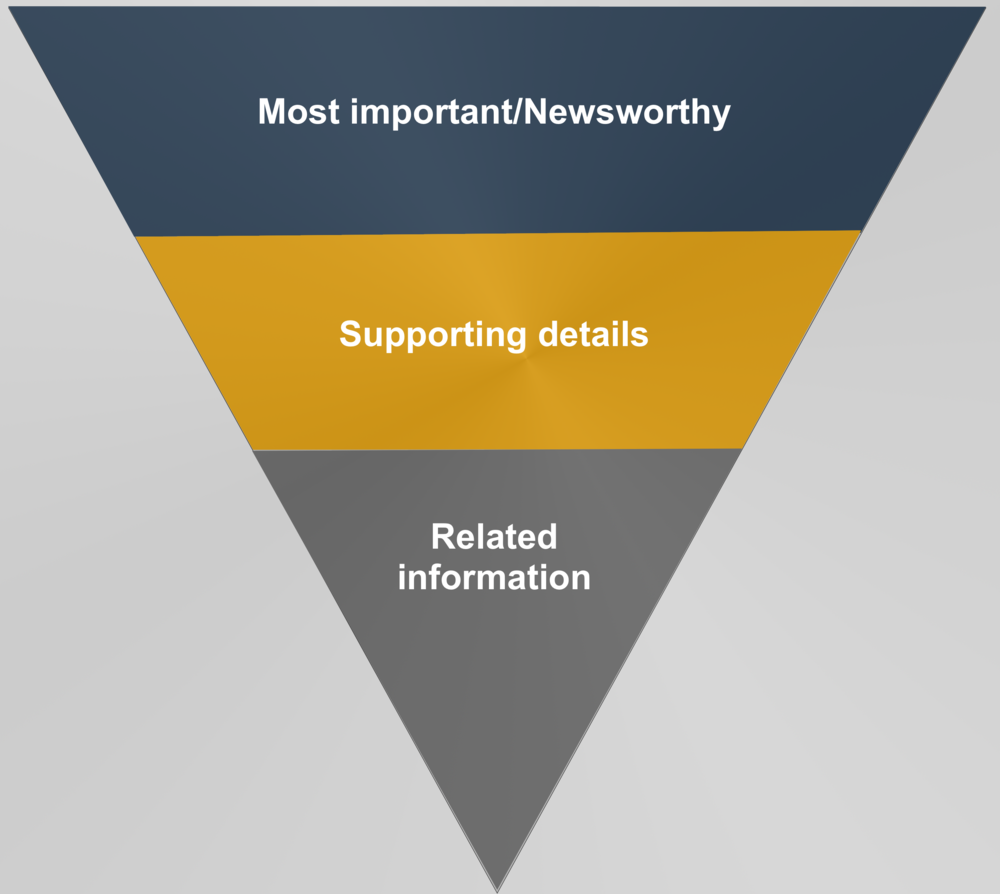
Follow the inverted pyramid model to structure your emails for easy reading. This can help grab people’s attention and get a high click-through rate. Highlight key messages, as well as supporting information and visuals to help readers understand your campaign.
- Use Images and Visuals to Enhance Email Campaigns
Striking images within an email marketing campaign provide an improved visual experience. Selecting the best images for your email campaigns enhances the experience of your recipient. Studies have shown that people can recall as much as 65% of visual content up to three days later. People also follow visual instructions 32% better through visual instructions.
- Personalize Your Emails
You recipients are most likely to respond to content that is most relevant to their interests. Improving email personalization is the number one goal for marketers. Marketing automation and segmented lists can make email personalization easier and more effective.
- Make sure your campaign is relevant
List segments on what type of content to send to which subscriber. When you personalize content and make it more relevant to a certain group of recipients you improve response rates.
- Ensure to build brand and trust
By ensuring your campaigns are aligned with branding your subscribers, you build trust that the email is legitimate which will increase the chance they will click-through.
- Time Your Campaigns
How often and at what time you send emails can have a significant impact on your email engagement rates. If you send too many emails your subscribers disinterested causing them to disengage and unsubscribe. If you send too few and you have a chance to lose the attention of your audience.
Step 5- Measure your results

With your first email sent and starting to get opened and clicked by your subscribers, you will be able to start tracking the success of your campaign. You can use Campaign Monitor as your email marketing tool to understand how people interacted with your email campaigns. Once you have spent some time analyzing how people interacted with your email campaign, you can take it a step further and look at what happened after they clicked through to your website. In this case you can use a website analytics tool such as Google Analytics.
The more experience you gain creating email marketing campaigns, the more efficient you will get and the more understanding you will gain into what works best for your email program. Although you might struggle at first, following the above steps will help you position your campaigns to achieve your goals.







